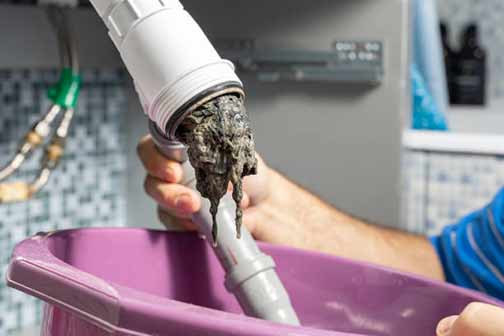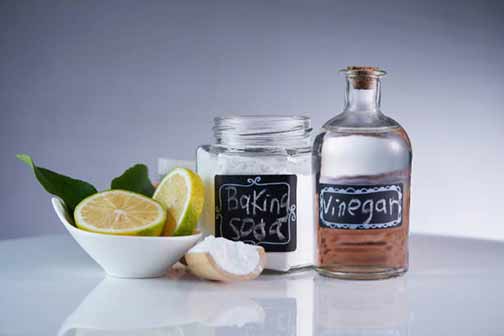
Bathroom sinks are a favorite location for clogs and blockages to happen in your plumbing. For most homeowners, it is hard to understand why this is so, says McKenna & Vane Management. After all, people don’t flush stuff into their bathroom sink drain which will cause the pipes to clog.
But is this true? Even though it doesn’t look like that, we wash a lot of things into our bathroom sink that can block the pipe passage. Many of these are harmless stuff we don’t think will impair the smooth operation of the drain.
Why your bathroom sink becomes clogged
Hair, skin, and dirt
Strands of hair – usually from shaving – settle inside the P-trap, forming a barrier against the free flow of water and trapping any debris inside water.
Soap scum and other residue
Soap scum washes into the sink drain and combines with hair, skin flakes, and other debris to form solid masses inside the pipes.
Toothpaste and hand lotions
Inside the sink drain, these mix with other materials to form a gooey gunk that emits bad odors and promotes the growth of bacteria.
Small objects
Foreign items like earrings and pins can drop into the sink drain and get stuck in the P-trap. These objects encourage more debris to collect within the pipes.

How to unclog the bathroom sink using home remedies
Baking soda and vinegar
You need equal parts of vinegar and baking soda. Mix them together and pour them into the drain opening. Alternatively, mix the baking soda with a little water and pour it into the drain, followed by the baking soda. The mixture will fizz for a bit. Let it sit for at least thirty minutes and flush the sink with cold water.
Salt and baking Soda
Mix equal parts of baking soda and salt, and pour the mix into the drain opening. Let it sit in for 15-30 minutes before you flush with hot water. If your pipes are made of PVC, PEX, or CPVC, you do not want to pour boiling water into your drain.
Hot Water
Hot water on its own is a great option for getting rid of bathroom sink clogs. But combined with other household materials like salt and baking soda, it is even more powerful. Hot water is especially effective for dealing with grease and soap scum. But as already stated, you don’t want to use boiling water if your pipes are made of PVC, PEX, or CPVC. The heat from the water could damage your pipes.
To use this method, fill a kettle with water, boil it, and pour the water into the drain. Repeat as many times as necessary. You may also want to try dish soap with hot water. Mix a few teaspoons of liquid soap with two liters of boiling water. Slowly pour the solution into the drain and wait 15-30 minutes before flushing with warm water.
A wet and dry vacuum
A wet and dry vacuum is the perfect appliance for unclogging a blocked sink. To use the appliance, first create a seal around the sink drain opening; use a plunger head or soda bottle top. After inserting the hose, set the vacuum to the highest liquid setting and use its powerful suction to pull out the debris trapped in the sink drain.
A sink plunger
Sink plungers are different from toilet plungers. Sink plungers do NOT have a flange, toilet plungers do. There is a method to using a plunger; for the device to work you need an airtight seal around the edges of the plunger. Plungers take getting used to, but once you get the hang of them they are very effective. Bear in mind, however, that you may need to do some cleaning up afterward.
Use a drain snake
This may not qualify as a home remedy if you don’t already have a drain snake at home. But you can get an inexpensive flexible drain snake from your local hardware store. It costs just a few dollars and you can use it over and over. To unclog your drain, insert the snake into the opening and try to use it to dislodge the blockage inside the pipe or hook and drag the debris out.
Disassemble the P-trap
If none of the above methods work, your last option may be to dismantle the pipe assembly underneath your sink to clean the P-trap manually. Although it sounds intimidating, this is not a difficult process. You need to unscrew the slip nut and remove it, this will free the P-trap and you can ease it out from under the sink. Make sure you have a bucket under the sink before doing this.
To conclude, if after doing the above steps your sink drain is still clogged or you get stuck in any of the steps, feel free to contact a professional plumber. Finally, the best way to deal with sink clogs is through scheduled maintenance of your sink, even when the fixture is not clogged.

